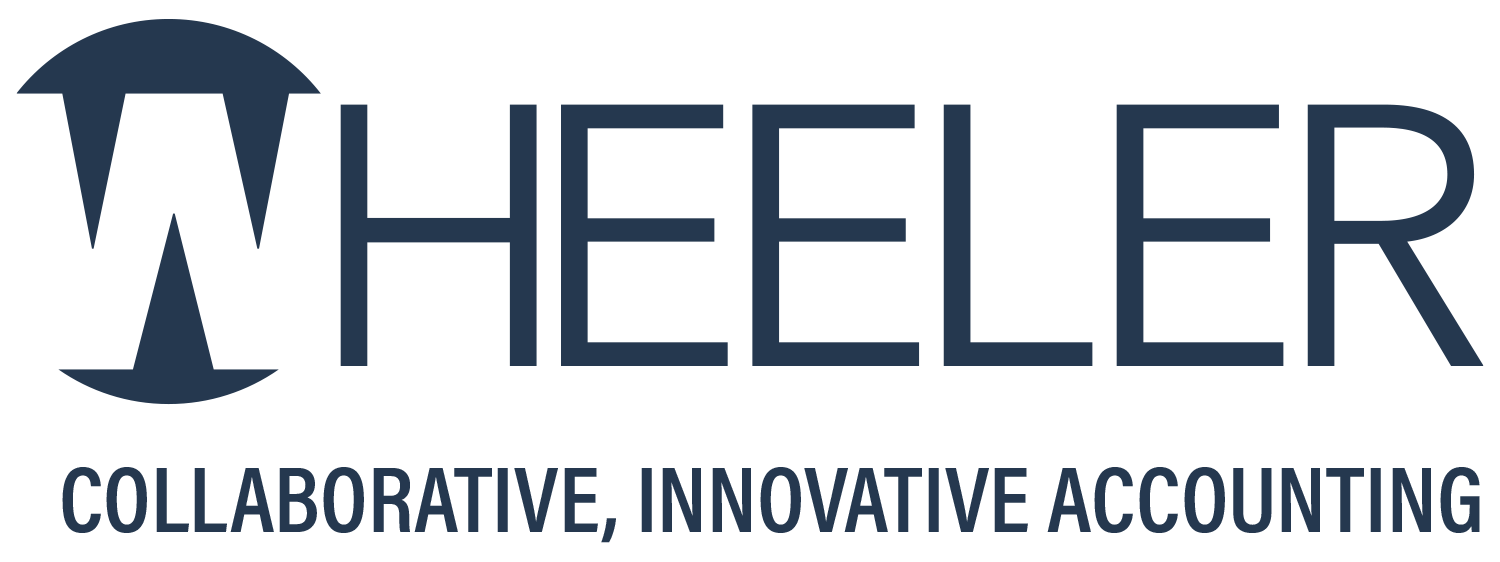
 The Financial Accounting Standards Board (FASB) released the Accounting Standards Update (ASU) 2016-14 in August 2016. Learning about this early is really important, as the Board has given some time before its implementation. This update changes the financial statement reporting for nonprofits.
The Financial Accounting Standards Board (FASB) released the Accounting Standards Update (ASU) 2016-14 in August 2016. Learning about this early is really important, as the Board has given some time before its implementation. This update changes the financial statement reporting for nonprofits.
Net Asset Classes
Currently, there are three Net Asset Classes. They are classified as:
Unrestricted Net Assets
Temporarily Restricted Net Assets
Permanently Net Restricted Assets
With the first key change, there will only be two Net Asset Classes, classified as:
Without Donor Restrictions – Includes Board Restricted
With Donor Restrictions – Includes Perpetual and Temporary Restrictions
This change is being implemented to make it clear that the restrictions are really intended by the donor, not the board. This will require additional disclosures to achieve better clarity in reporting. The composition of the net assets will be disclosed, meaning each of what makes up these classes and when the resources can be used. Their specific purpose and timing will be included as well.
There will also be more disclosures around Underwater Endowment Funds. During the downturn of the economy, a lot of disclosures were put into question due to lack of clarity. Now there will be fair value including the original gift amount and the amount of deficiency.
Investment Returns
Under the ASU, we can net investment expenses against investment returns. Previously, these were reported separately. We can include external and internal expenses. This will remove the requirement to disclose the gross investment income, which is a simple change.
Liquidity and Availability of Resources
They key changes here are that there must now be Qualitative and Quantitative information about liquidity and availability of resources. This change happened because a lot of readers of financial statements want to understand where the sources of funds are coming from and how much of it will be available for use in the next year.
This excludes any multi-year grants. This changes will reveal a lot more about liquid assets that are available to the nonprofit.
In terms of quantitative information, there will be a disclosure of the nature of the assets. This includes any external limits, laws, or contracts. For qualitative information, it includes internal limits, designated funds, board decisions, and how the funds are going to be used based on that.
Presentation of Operating Cash Flows
Using the Direct or Indirect Method has no change and both are still acceptable for use. One thing to note is that if we use direct, we will no longer be required to show indirect reconciliation. This change was made to simplify the cash flow.
There will be a Phase II that will be implemented later. This will include classifications between types of activities, operating, investing, and financing. It also includes alignment of statement of cash flows and the statement of activities but there is no data on this yet.
Expenses
Now there will be an analysis of expenses by function and nature in one location. These were often put in statement of activities, notes or statement of functional expenses, which was an optional statement. Now they will be required, and included is the description of the method used to allocate costs.
The largest expenses for most nonprofits are salaries but it is important for readers to clearly understand how these allocations are done. This also includes general expenses and guidance on management.
Effective Date of Implementation
These updates are set to be implemented in the fiscal years beginning after 12-15-17. This means the ASU will be implemented for calendar year ends as of 12-31-18 or for the fiscal years ending in 2019.
The major change will be in how things are reported. There will be a lot more clarity in disclosures, the changes are made to simplify cash flow and streamline presentation. Now readers of the financial statements will be able to understand sources and uses of funds more clearly and be able to compare other nonprofits , and be able to compare on equal ground. This is definitely something to look forward to.
